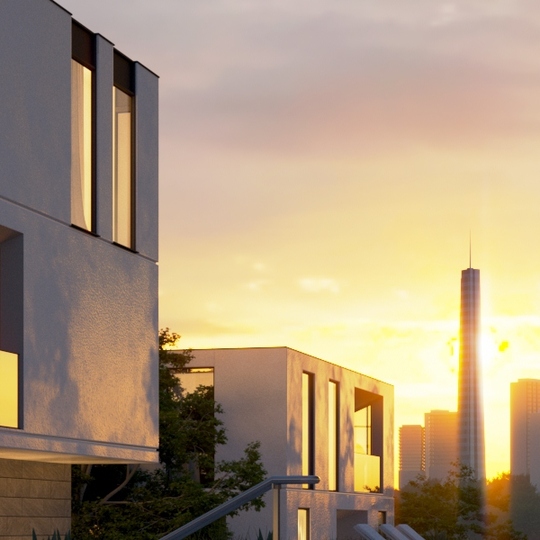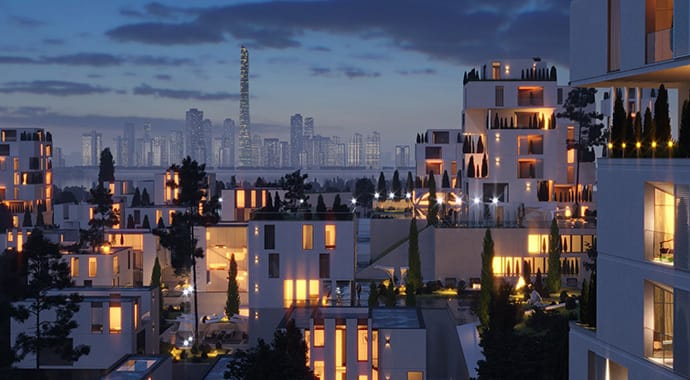Dive deeper into the captivating world of architectural visualization in our comprehensive blog post, and uncover the latest trends shaping the archviz community.
Curious about architectural visualization? You've come to the right place! In this article, we will delve into the world of archviz, covering its definition, benefits, applications, how to become an archviz artist, latest trends in the architectural visualization community, and frequently asked questions. Whether you're new to archviz or looking to expand your knowledge, this guide has got you covered, so keep reading.
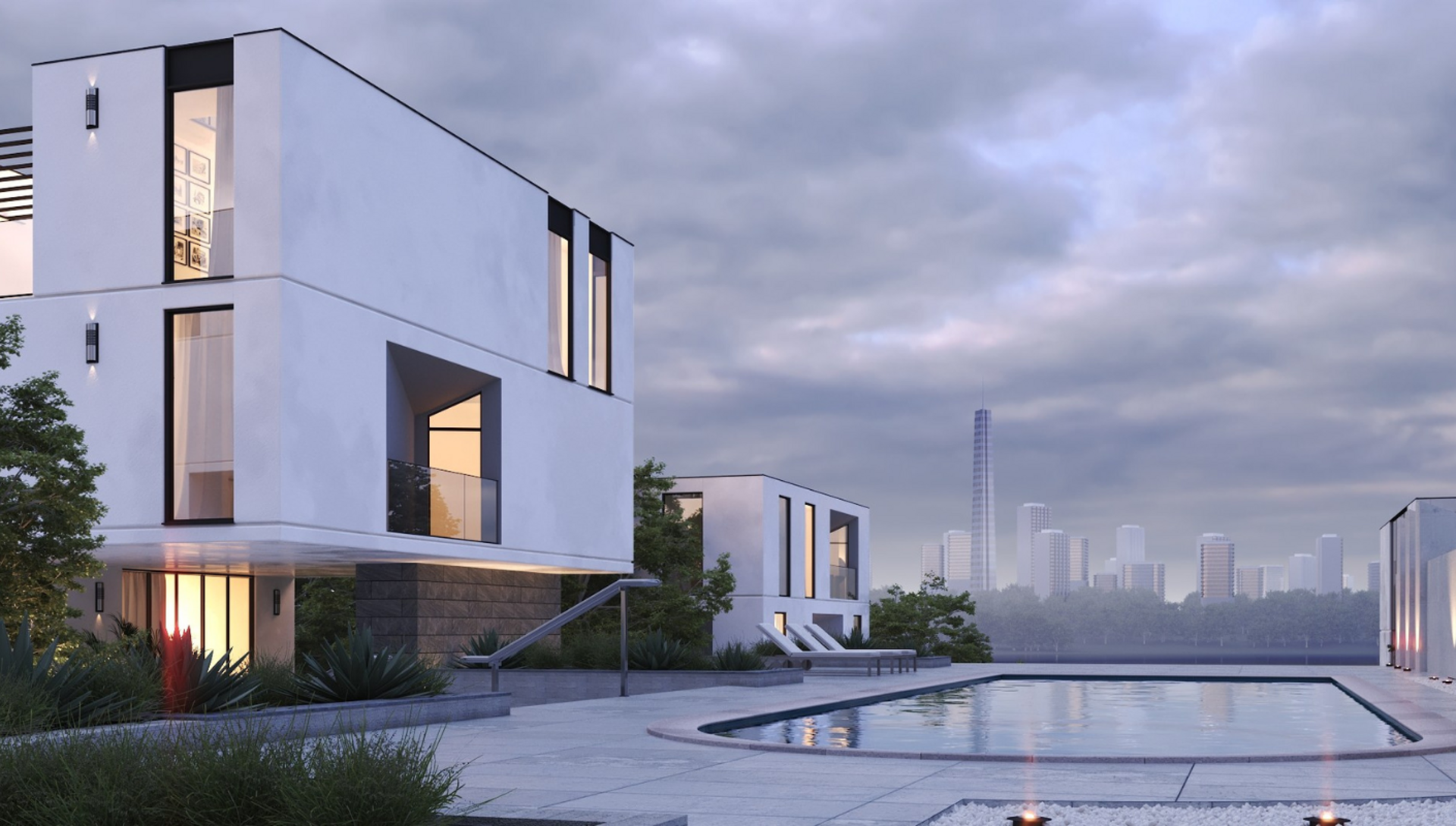
Let's define archviz
Archviz, short for architectural visualization, uses a form of computer-generated visualization to depict architecture, ranging from image generation to real-estate marketing films, VR/AR, touch-screen art installations, and apps. It melds architectural flair with technical know-how, serving as a powerful tool for visualizing architectural, interior, and urban designs.
Check out some cool archviz projects created by artists using V-Ray in our gallery.
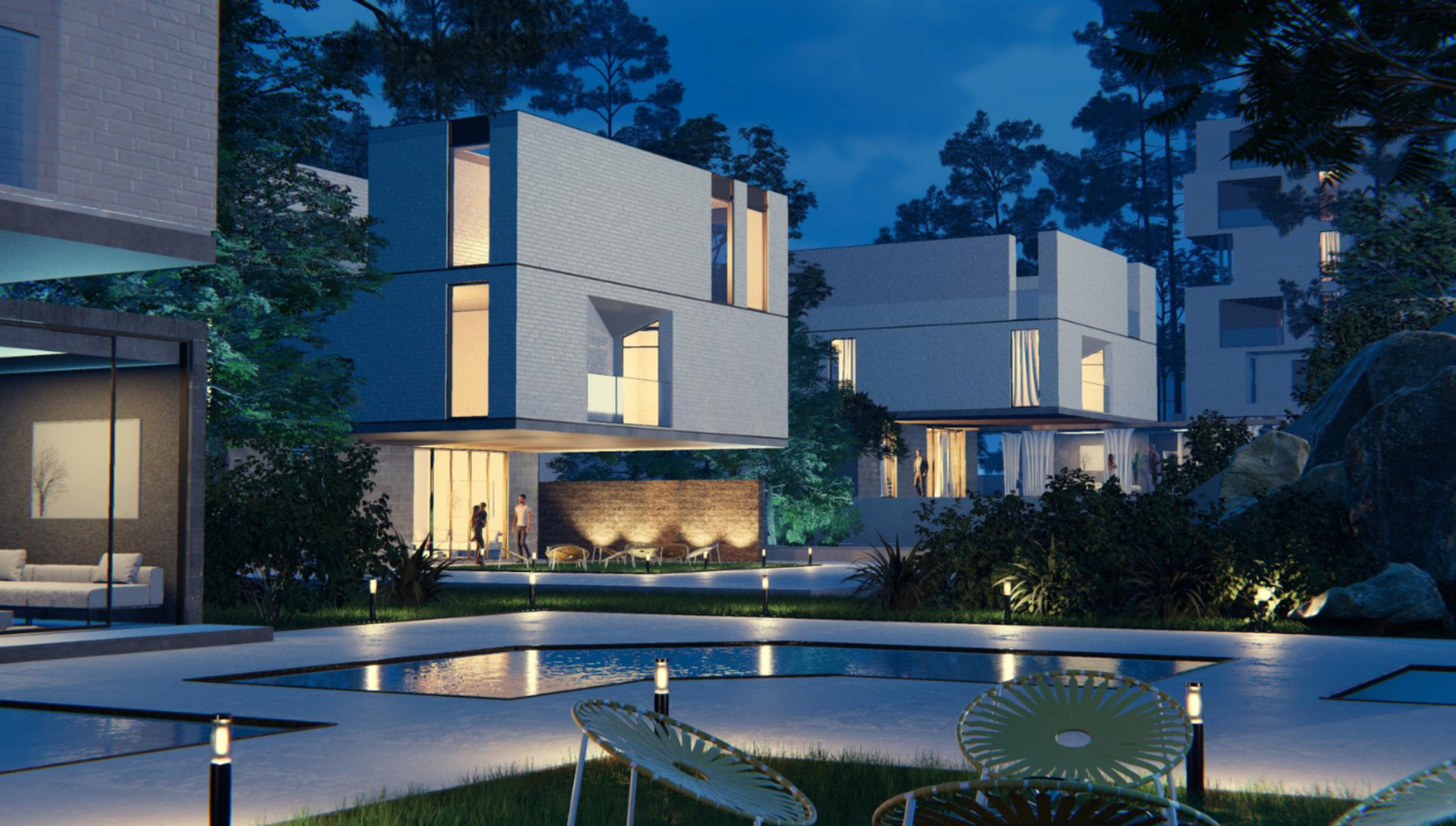
Archviz benefits
Archviz offers numerous benefits, including improved communication and collaboration, enhanced decision-making, cost savings, and increased client satisfaction. These advantages position it as an indispensable tool in the architectural industry, while also serving the needs of real estate agencies, interior designers, and urban planners.
Improved communication and collaboration
Archviz facilitates clearer communication of design concepts between architects, designers, and clients, enabling stakeholders to visualize and understand architectural designs more effectively. This enhances collaboration by providing a common visual reference for all involved parties and reduces the potential for misinterpretation of design intent, leading to smoother project workflows.
Enhanced decision-making
By allowing for the exploration of various design options through visualizations, archviz aids in the decision-making process and enables stakeholders to make informed choices based on realistic representations of architectural designs. It also helps in identifying potential design flaws or opportunities for improvement before the construction phase, reducing costly revisions later on, and provides a platform for stakeholders to provide feedback and iterate on designs more efficiently.
Cost savings
Archviz significantly reduces the need for physical prototypes and models, saving time and resources during the design phase, and minimizes the risk of costly design errors by allowing for thorough visualization and analysis before construction begins. It also enables clients to confidently make design decisions, mitigating the risk of costly changes during or after construction, and enhances marketing efforts by creating compelling visual materials that attract potential buyers or investors.
Increased client satisfaction
Empowering clients to engage with and understand architectural designs more comprehensively, archviz leads to a greater sense of involvement in the design process and provides them with a realistic representation of their future space, fostering excitement and confidence in the project. It also helps in managing client expectations by offering accurate visualizations of the final product, reducing the likelihood of misunderstandings or dissatisfaction, and contributes to positive word-of-mouth referrals and repeat business through the delivery of visually impressive and accurate representations of architectural designs.
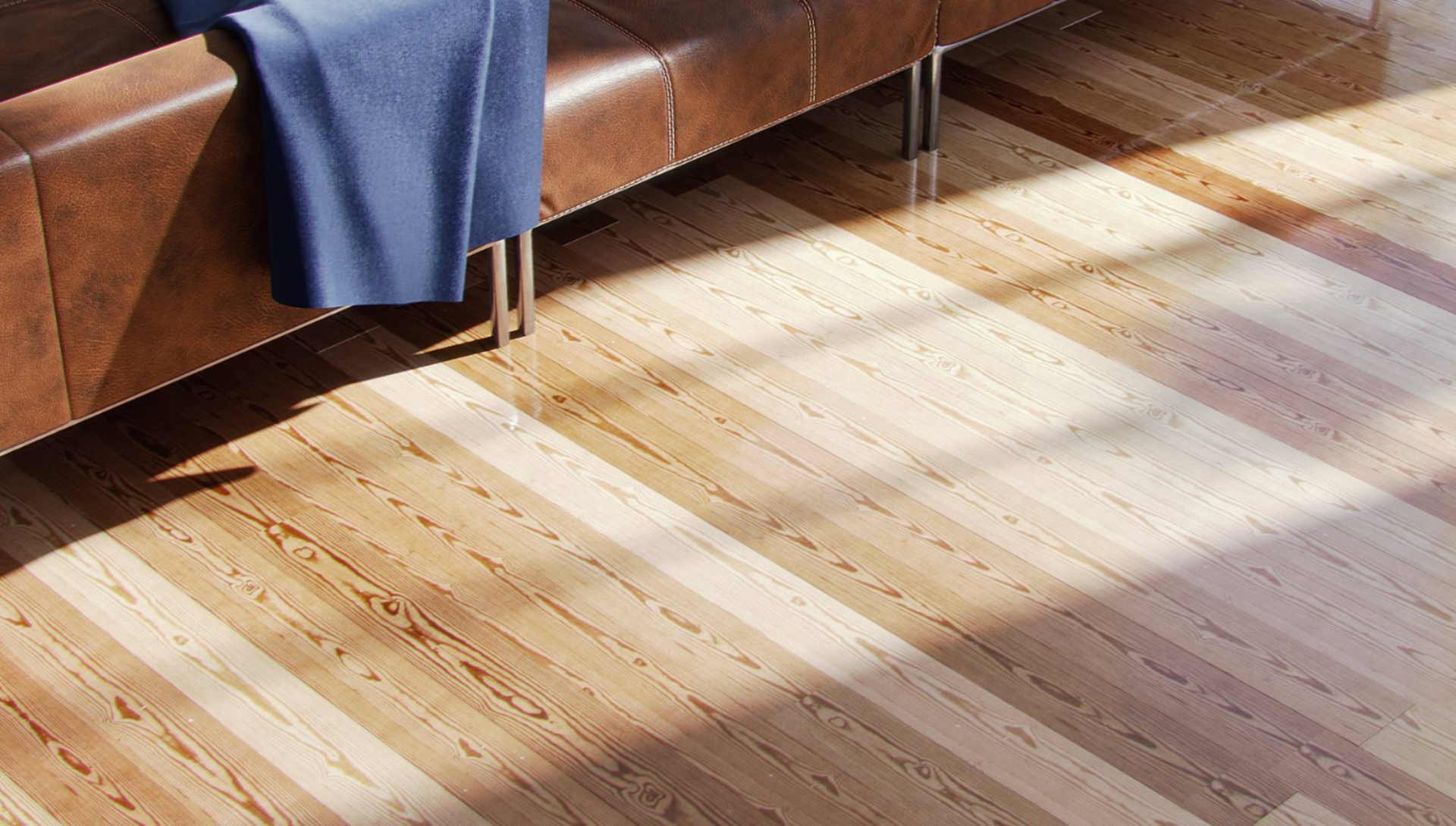
Applications of architectural visualization
The applications of archviz are diverse and impactful, spanning across architecture and real estate, interior design, and urban planning. Archviz plays a pivotal role in enhancing communication, understanding, and decision-making processes within these industries and is revolutionizing the way concepts and spaces are visualized and understood.
Architecture and real estate: Archviz is used to present architectural designs and details of real estate properties, such as virtual tours and walkthroughs. It enhances the visualization of architectural concepts for clients and stakeholders.
Interior design: Archviz is crucial in visualizing interior spaces, facilitating customization options, creativity, and collaboration between studios and teams of designers and clients.
Urban planning: It is applied in simulating urban environments and aiding urban planners, architects, and engineers in the analysis of spatial design.
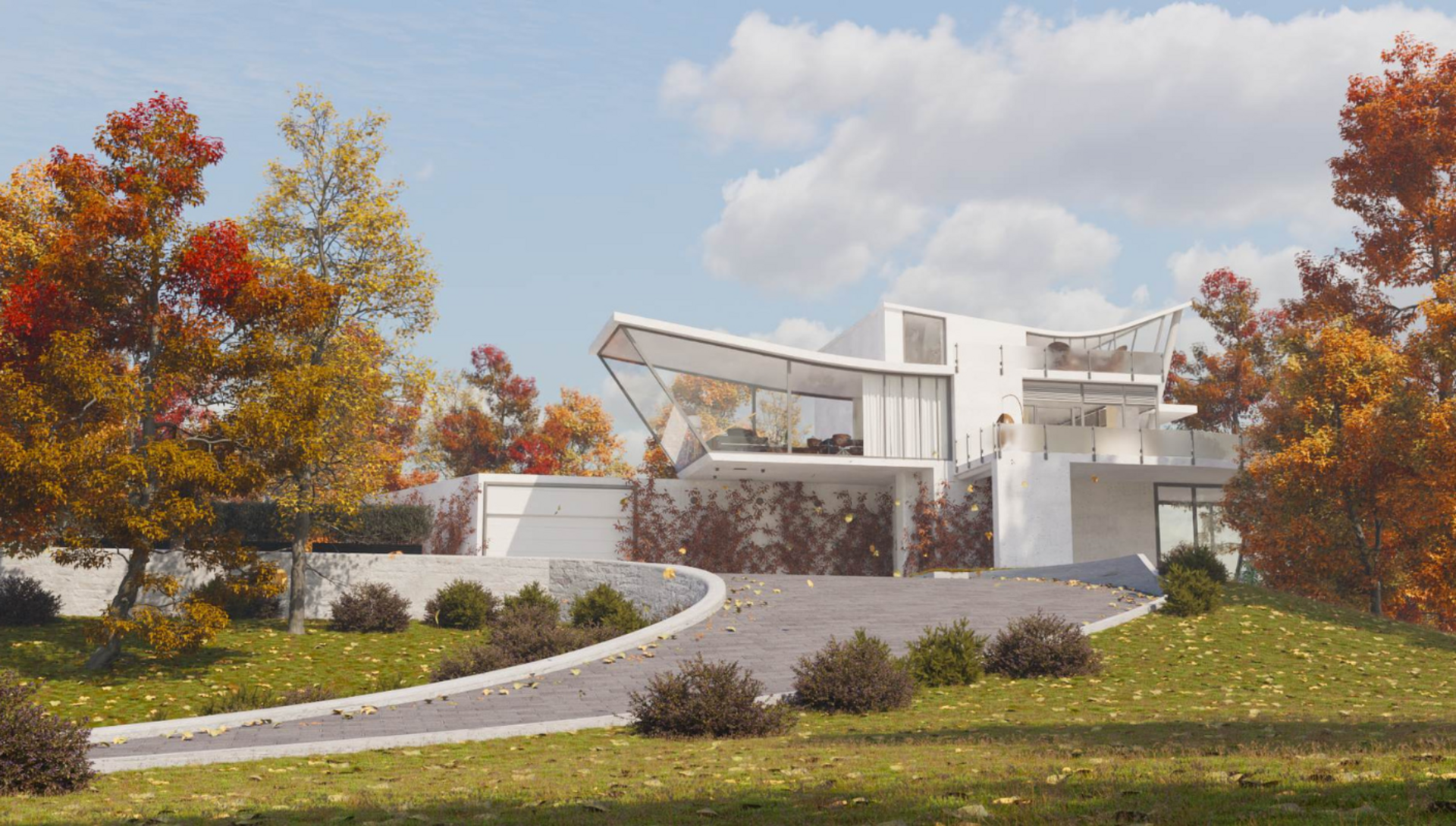
How to become an archviz artist
To pursue a career in archviz, it's essential to have a relevant educational background, acquire technical skills, and gain practical experience through internships or entry-level positions.
Gaining practical experience through internships or entry-level positions is invaluable for aspiring archviz artists. This hands-on experience provides opportunities to work on real-world projects, collaborate with industry professionals, and refine technical and artistic skills.
Building an impactful architecture portfolio of diverse and high-quality work during this early stage of the career is crucial for demonstrating proficiency and attracting potential clients or employers. Embracing feedback, learning from experienced mentors, and networking within the architectural and real estate industries can significantly contribute to the growth and advancement of a career in architectural visualization.
For essential lessons to excel in archviz, you can explore key industry insights from professionals themselves in this blog post.

Latest trends in archviz
Virtual reality and AR integration: Archviz is integrating with virtual reality and AR technologies, offering smart digital tools with beneficial applications in visualizing architectural designs. By leveraging VR/AR technologies, architectural visualizations can be experienced in immersive and interactive ways, allowing clients, stakeholders, and designers to explore and interact with architectural designs on a whole new level.
VR technology enables users to experience virtual walkthroughs of architectural spaces, providing a sense of scale, depth, and spatial relationships in architecture that still images and traditional 2D renderings cannot convey.
AR, on the other hand, allows for the overlay of digital visualizations of architecture onto real-world environments, enabling on-site visualization and evaluation of architectural designs. These applications of VR/AR in archviz offer unprecedented opportunities for engaging clients, enhancing design presentations, and facilitating informed decision-making in architectural projects.
Artificial Intelligence: AI algorithms are being utilized to automate and streamline various aspects of the visualization process, from generating realistic materials and textures to optimizing lighting and camera settings. These advancements are leading to innovative approaches in visualization, enhancing the efficiency of the architectural rendering process, and opening new frontiers for artists in the generation of lifelike and dynamic visualizations that were previously challenging for artists to achieve. As AI continues to evolve, its impact on the art and archviz community is expected to further elevate the quality, speed, and versatility of architectural visualizations, setting new standards for the industry.
One of the primary challenges in architecture has always been effectively communicating design ideas. With AI, architects have an extra tool in their workshop to create and explore design ideas quickly and easily.
Ricardo Ortiz, Territory 3D Specialist, Chaos
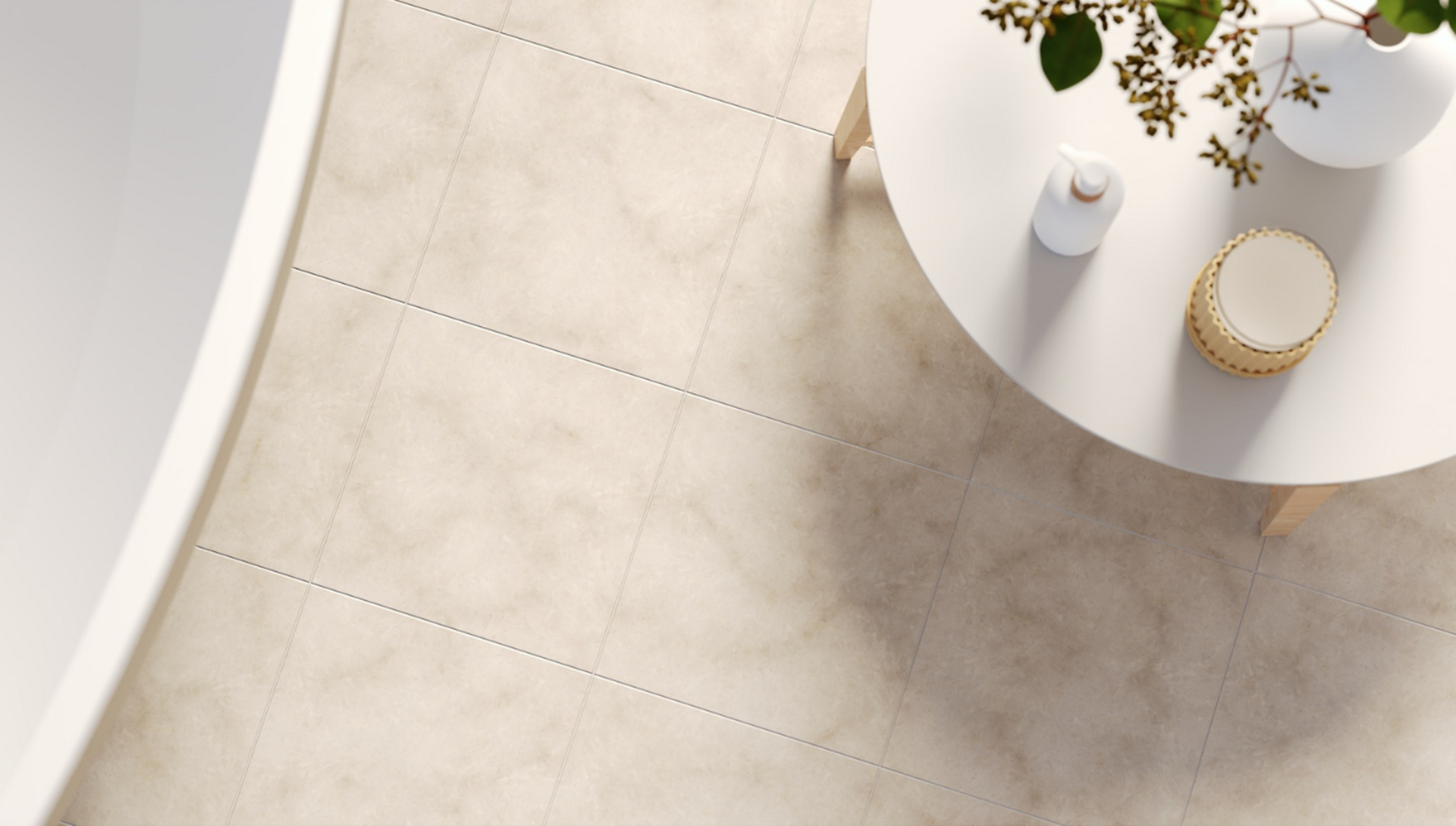
FAQ
Is archviz in demand?
Yes, archviz is in high demand due to its pivotal role in visualizing architectural designs for buildings and real estate properties, enhancing communication, and aiding decision-making processes. More job opportunities are expected to open in the coming years and the industry is developing at a rapid pace.
Is archviz worth it?
Absolutely, archviz offers significant benefits such as improved communication, cost savings, and client satisfaction, making it a valuable investment for architectural firms and real estate professionals.
How do I make an archviz portfolio?
To create an archviz portfolio, showcase your best work, highlight and showcase your technical skills, and emphasize your ability to explain and visualize architectural designs effectively. Here are some helpful tips to help get you started.

